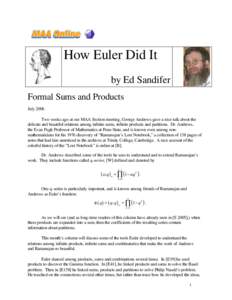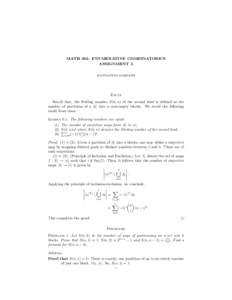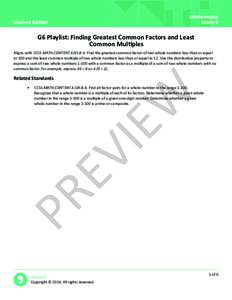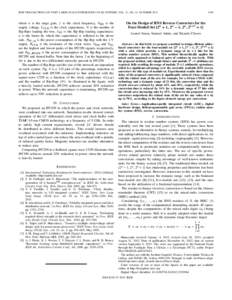<--- Back to Details
| First Page | Document Content | |
|---|---|---|
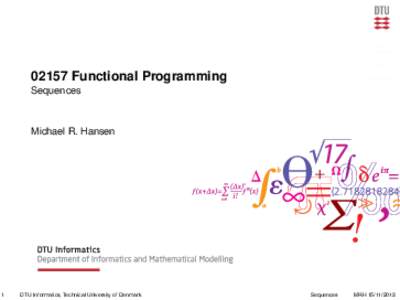 Date: 2013-01-17 17:30:05Software engineering Programming language theory Computer programming Functional languages Primality tests Procedural programming languages Integer sequences Lazy evaluation Pure Sieve of Eratosthenes ALGOL 68 Functional programming |
Add to Reading List |
 02157 Functional Programming - Sequences
02157 Functional Programming - Sequences